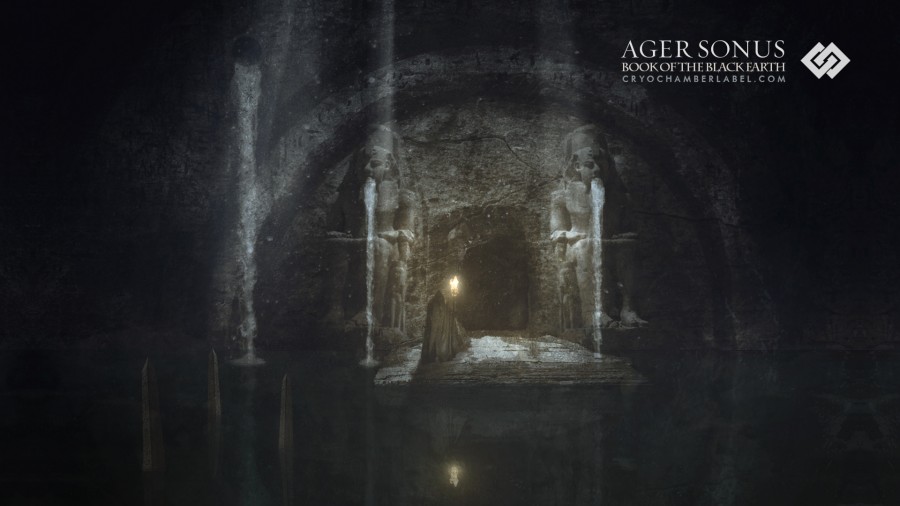Artist: God Body Disconnect
Album: Sleeper’s Fate
Release date: 27 June 2017
Label: Cryo Chamber
Tracklist:
01. Sleeper’s Fate
02. Halls of Disintegration
03. Reservoir Dreamer
04. Lair of the Dormant Host
05. Flesh of a Ghost
06. Drowning with God
07. The Portals Evolve
Last year God Body Disconnect released their debut, Dredge Portals. Here was an artist, on their first delve into the world of dark ambient, taking everyone by storm. Musicians and listeners alike found Dredge Portals to be a riveting tale of a man trapped inside his own mind. Crisp field recordings, dreamy guitar drone and Hollywood worthy narration gave listeners a story in which they could become fully absorbed, if only for an hour of their time. As the weeks after release turned into months it became obvious that this experience extended well past the first listen. A year on and Dredge Portals is still drawing praise.
Sleeper’s Fate takes us back into the mind and narrative of Dredge Portals protagonist. We arrive on the scene just as the gun shot rings out. We hear the victim gasping for air as he chokes on his own blood. Police sirens are heard as they arrive on the scene. So we are getting a bit of a recap of the first album here in these first few minutes. Or, more so, a reminder of what went down that night on the streets of what I must imagine to be New York City. Bruce Moallem is back at it in full force. The narration is again, not only praiseworthy, but I can honestly say Hollywood worthy. As I described with Dredge Portals, his style of narrative and even his accent give a strong vibe of Good Fellas. With that being one of my favorite films of all time, the comparison does not come lightly. Nor does it really seem that he’s trying to directly mimic that style. It honestly sounds like this is the natural way for him to tell his tale.
While the theme and execution of Sleeper’s Fate are very similar to Dredge Portals, the biggest difference this time around seems to be in the depth of these field recordings. From the album blurb it seems that Moallem has either upgraded his field recording equipment, or just taken it into new territory. The promise of binaural field recordings is quickly proven to be noteworthy. While the first two tracks focus on drawing us into the narrative, “Reservoir Dreamer”, coming in at almost eight minutes length is the first track to fully absorb us. The brilliantly realized guitar drone-work is the perfect foundation for an impressive breadth of field recordings. The mind can truly run wild on this one. Faint voices echo off the walls, literally bouncing from ear to ear. Are we hearing children playing outside an open window of the hospital or are these the memories of our protagonist? The answer can be chosen by the individual listener, either direction taken proves to be part of a generally heartfelt and moving experience.
“Flesh of a Ghost” is another noteworthy track (among the many). We begin by hearing the beeps of a life monitor, which seems to be inside an elevator, before moving out into a crowded and noisy room. A hundred conversations happen at once, but the protagonist is a bystander, an observer from a distance. He might feel and hear the abundance of life in the room, but his part is only as the sleeper. Where this track really gets interesting is around the three minute mark when the post-rock influences show themselves more than at any other point before. The field recordings and sweeping bass drones never let up, but a pronounced drum beat comes front and center, with the guitars moving into their most traditional territory. With a post-rock delivery of this caliber, we should be thankful that Moallem is able to control his urges and bring us right back into the atmosphere of the rest of the album. A fully dedicated post-rock album with these sorts of moments would likely stand up as a worthy competitor to some of the best in that scene. But we are here for dark ambient, and to the dark ambient foundations “Flesh of a Ghost” returns as quickly and naturally as it departed.
“Drowning with God” features another moving vocal performance. Much like the closing chapters of Dredge Portals, “Drowning with God” gives us a sort of conclusion which still leaves plenty of room for individual interpretation. The sleeper thinks back to a lesson once learned from his father, having a bit of a somber revelation in the process. As we move into the last track, “The Portals Evolve” it seems that there could still be plenty of room to come back to this narrative once again, or it could be just as likely that this is the end of the story. The moment when the sleeper fully succumbs to his fate. As with any great cinematic dark ambient album, enough questions are answered to give us a well framed sense of direction, but there is still enough ambiguity to keep us second guessing our conclusions. Honestly, whether we believe we’ve discovered the truth to the narrative or not, there is enough musical talent here to draw us back into the mind of the sleeper many more times, if for nothing more than the atmosphere and precise execution.
God Body Disconnect proves once again that they are producing cinematic dark ambient of the highest order. There are really few narratives out there that hit the mark so profoundly in so many different ways. So now the narrative has doubled. The story has given us quite a bit more to experience and enjoy. Sleeper’s Fate takes none of the allure away from Dredge Portals, while simultaneously proving that another year within the dark ambient scene, meeting and learning from his fellow label-mates at Cryo Chamber, has driven his craft to new heights. By this time next year, its hard to tell what sort of masterpiece Moallem will have constructed.
Written by: Michael Barnett
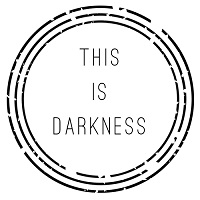
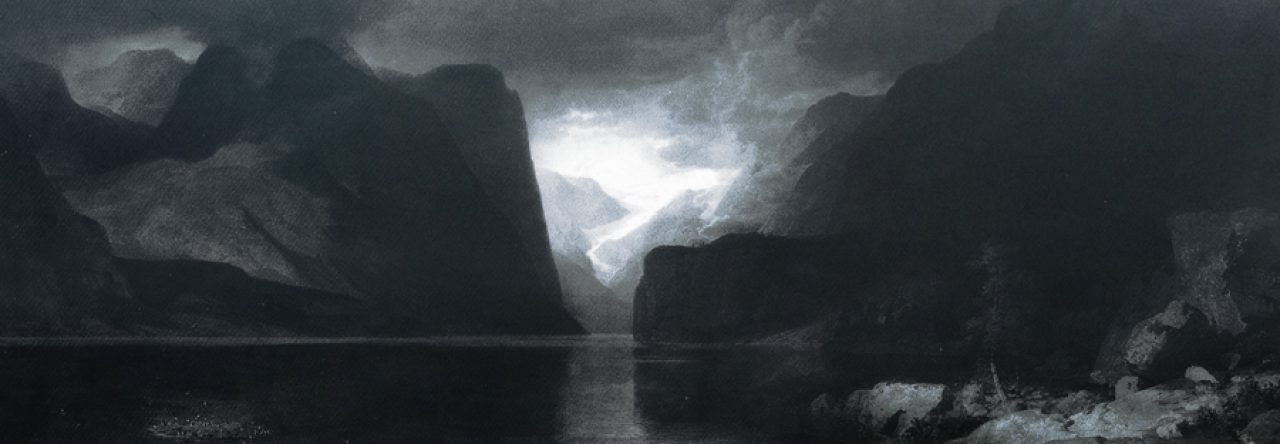
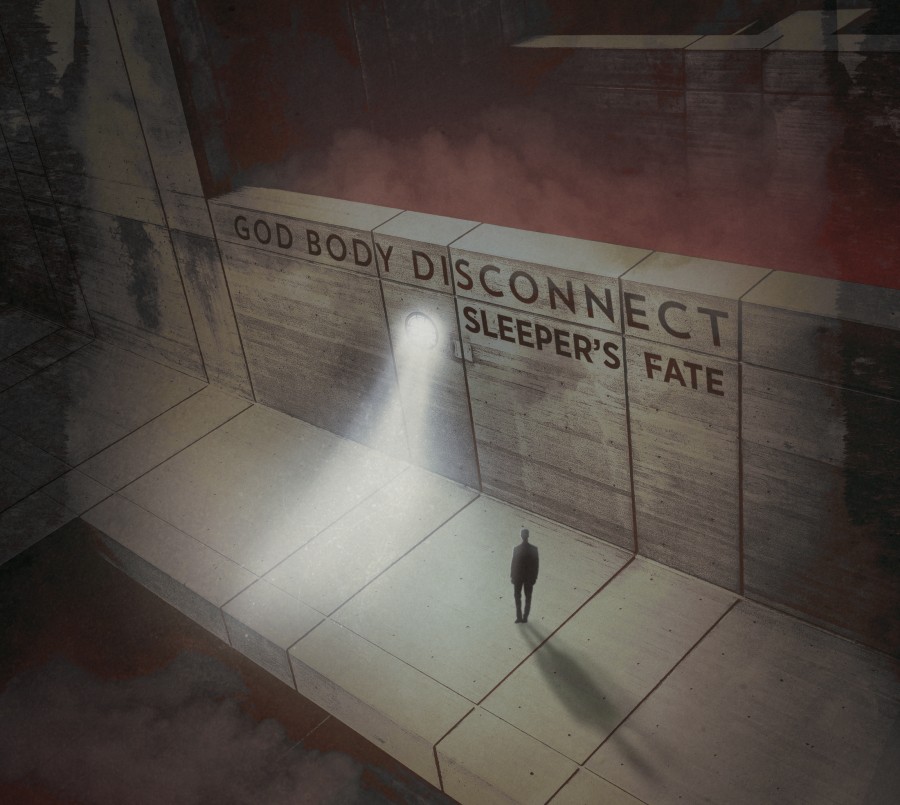
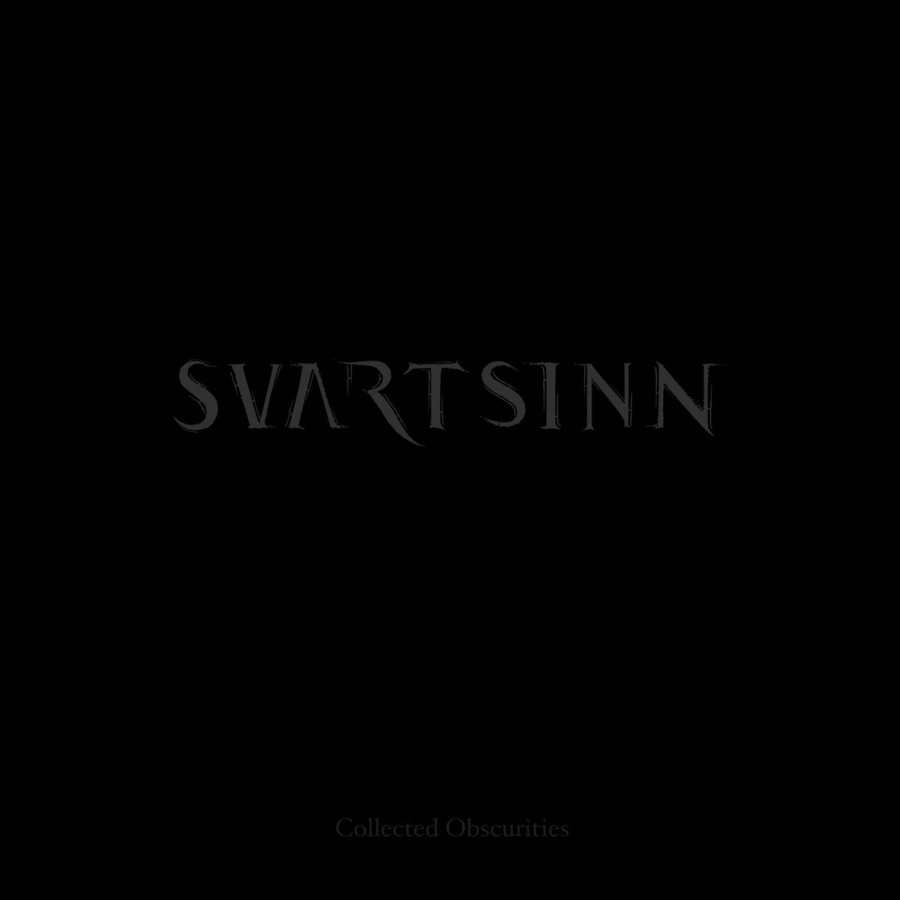
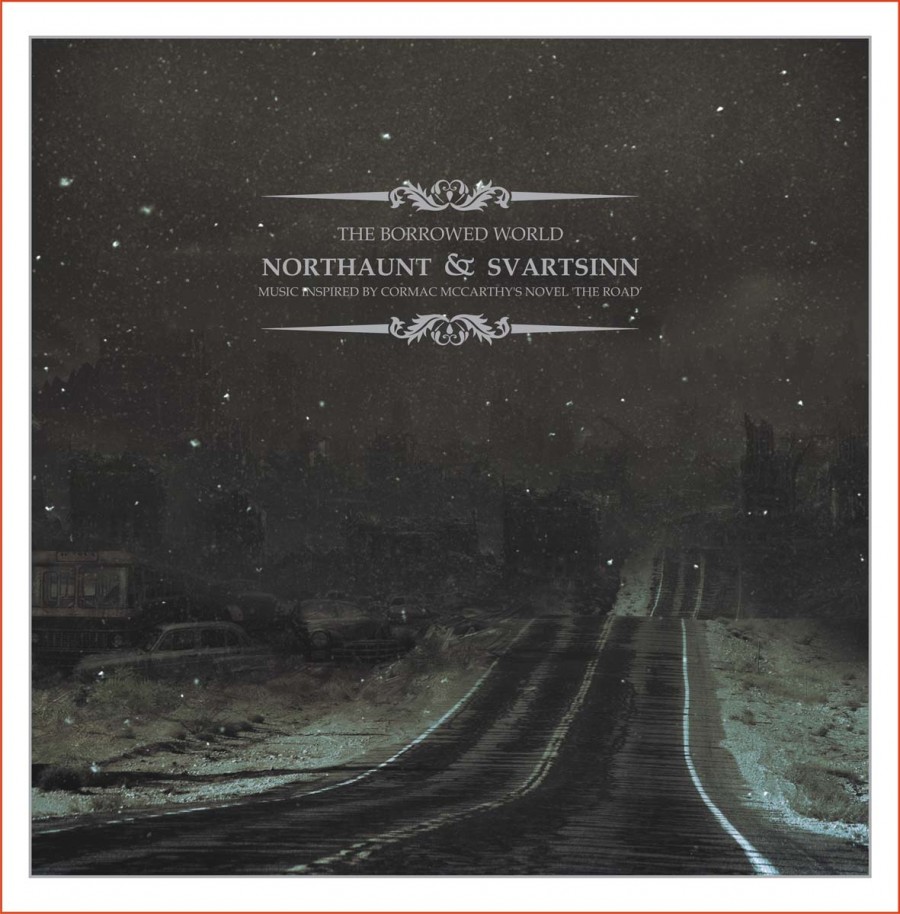
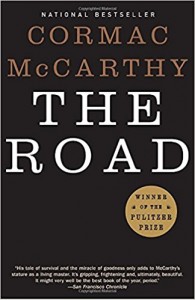 The Road, a post-apocalyptic novel by Cormac McCarthy, has lent inspiration to a number of dark ambient players. Yet, no where more strongly or directly than on the instant classic The Borrowed World, a split by Northaunt and Svartsinn.
The Road, a post-apocalyptic novel by Cormac McCarthy, has lent inspiration to a number of dark ambient players. Yet, no where more strongly or directly than on the instant classic The Borrowed World, a split by Northaunt and Svartsinn. To understand what The Borrowed World is all about we must first understand the common thread between the two artists. The Road, a post-apocalyptic novel by the renowned author Cormac McCarthy. The Road follows a man and his young son through a world that is lost. Devastation presents itself to them at every turn. The struggle to wake the next morning and keep fighting for life is existentially hard for them to grasp.
To understand what The Borrowed World is all about we must first understand the common thread between the two artists. The Road, a post-apocalyptic novel by the renowned author Cormac McCarthy. The Road follows a man and his young son through a world that is lost. Devastation presents itself to them at every turn. The struggle to wake the next morning and keep fighting for life is existentially hard for them to grasp. Yet, as we move into the second half of “If Only My Heart Were Stone”, the soundscapes take an emotional turn. We move from dull gray vistas into the mind of the protagonist. The father struggles with a key dilemma throughout the novel: Is it better to commit a murder / suicide and end the suffering of himself and his child, or should they continue to fight for life, even if there seems to be no chance of respite. Northaunt makes it possible for us to feel those emotions. “If Only My Heart Were Stone” moves from those barren soundscapes into his most introspective and emotional work to date.
Yet, as we move into the second half of “If Only My Heart Were Stone”, the soundscapes take an emotional turn. We move from dull gray vistas into the mind of the protagonist. The father struggles with a key dilemma throughout the novel: Is it better to commit a murder / suicide and end the suffering of himself and his child, or should they continue to fight for life, even if there seems to be no chance of respite. Northaunt makes it possible for us to feel those emotions. “If Only My Heart Were Stone” moves from those barren soundscapes into his most introspective and emotional work to date.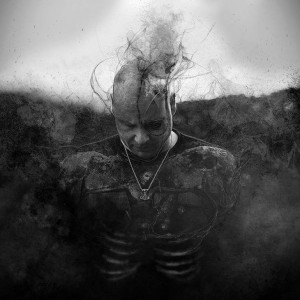 Svartsinn opts to incorporate a few samples from the movie adaptation of the novel into his track. We hear the father describe those last moments with his wife. Then, moments later, we hear the son crying out, “Papa! Papa!” in a sickly heart-wrenching whimper. As the last major events of the album, these clips tear at the heart, leaving the listener in a sullen state of mind.
Svartsinn opts to incorporate a few samples from the movie adaptation of the novel into his track. We hear the father describe those last moments with his wife. Then, moments later, we hear the son crying out, “Papa! Papa!” in a sickly heart-wrenching whimper. As the last major events of the album, these clips tear at the heart, leaving the listener in a sullen state of mind.
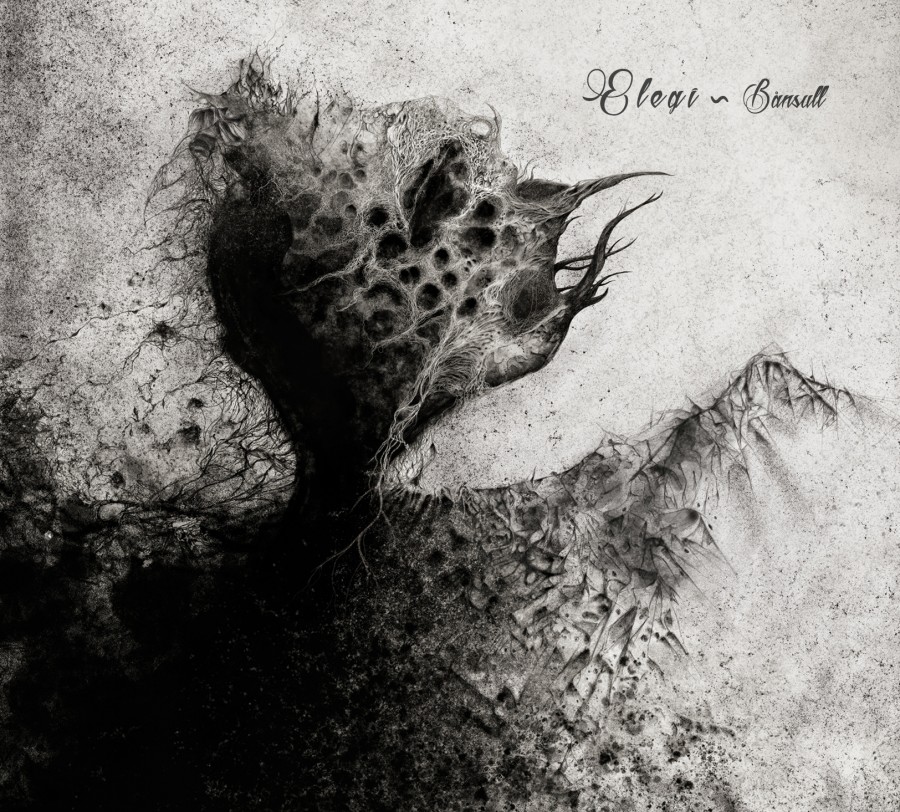
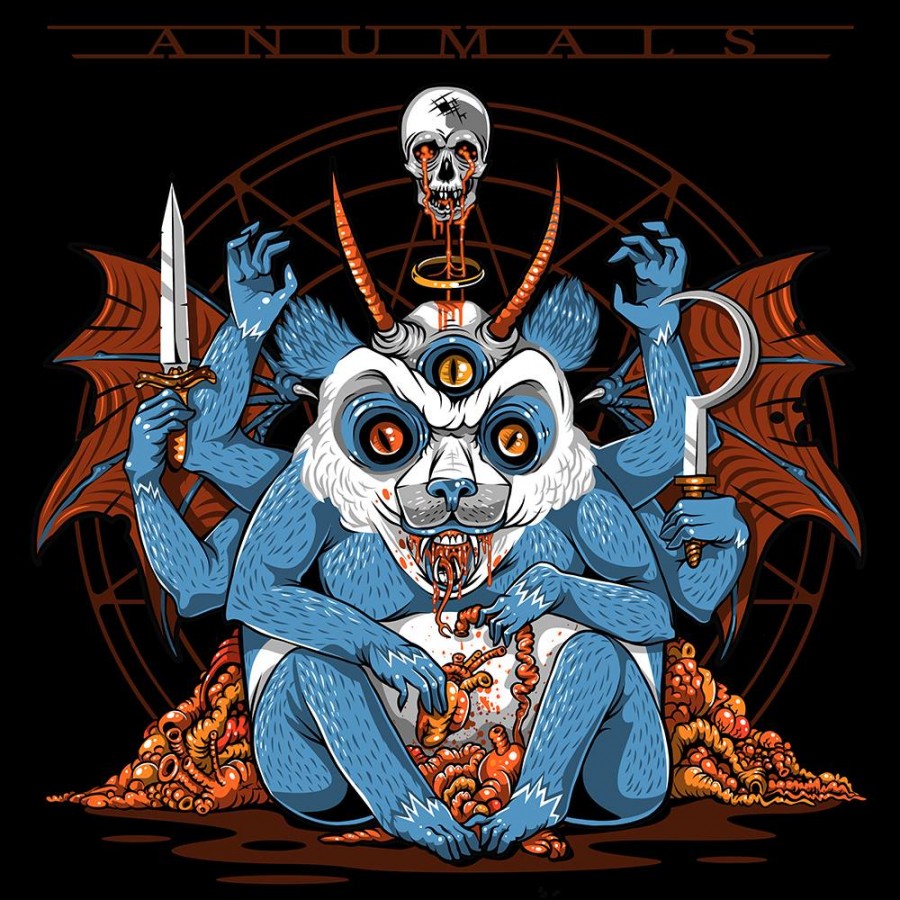
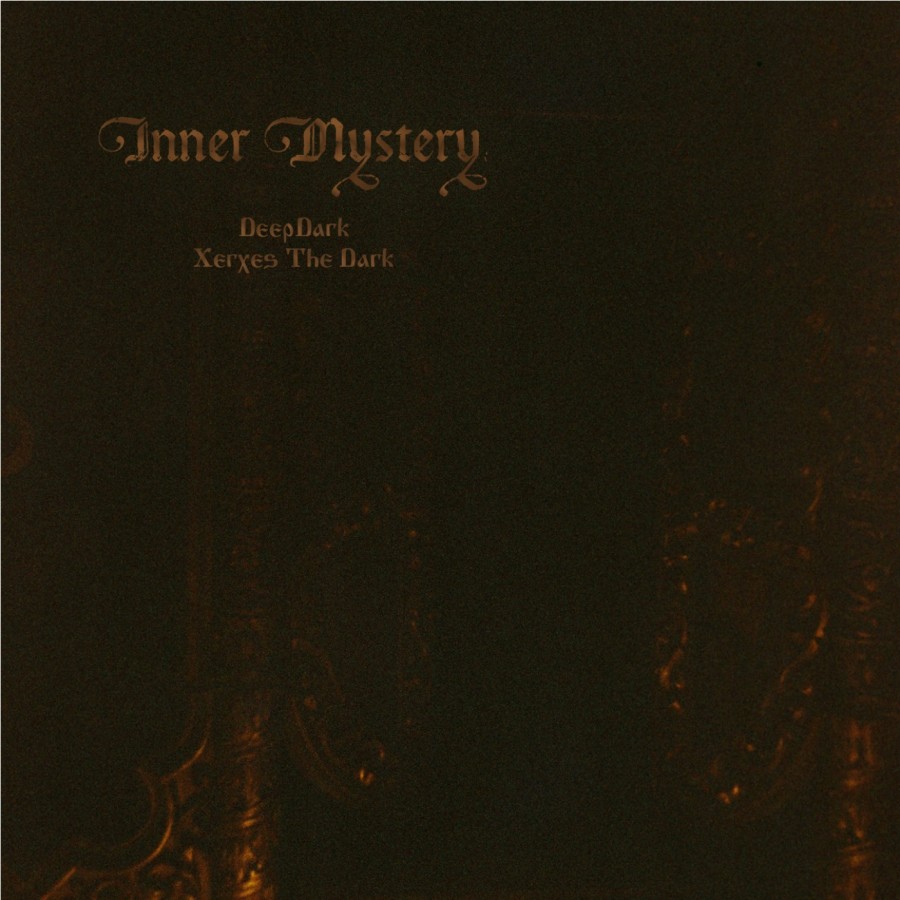
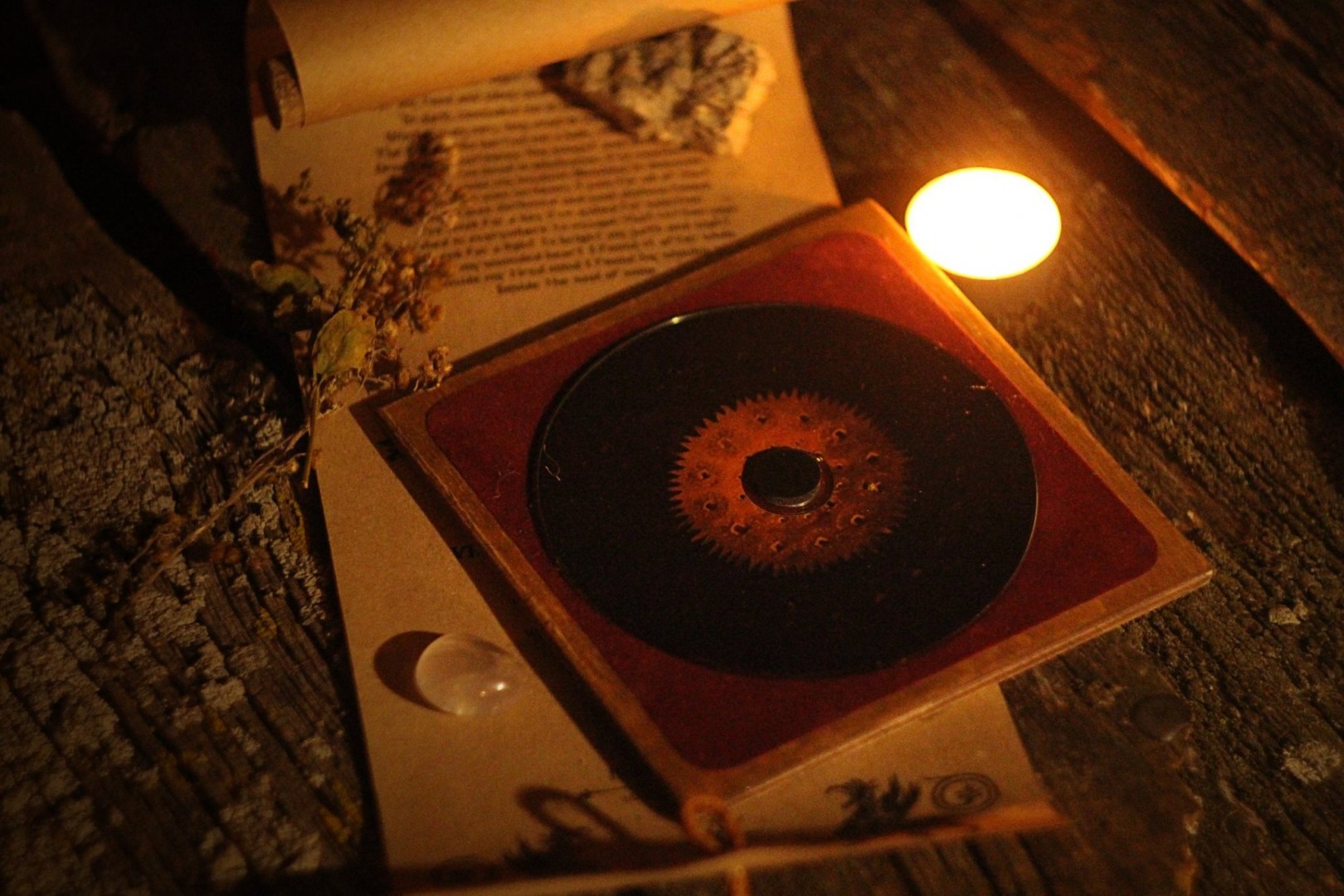
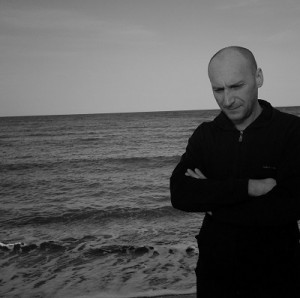 The first half of the album comes from DeepDark. Here we can expect to hear a brilliant display of rumbling dronework complemented by field recordings. There is a primal nature to these tracks. A dark nature which terrifies listeners from the shadows, never emerging to show its true face. The opener, “Alone”, is probably my favorite work yet by DeepDark. There are many nods to the genre’s ancestry here. The cathedralic chanting vocals are reminiscent of early raison d’etre, while the simplistic and repetitive piano section screams of Burzum in his heyday. This is topped off with field recordings of a thunderstorm which brings the whole thing together into a beautifully dark and sinister force.
The first half of the album comes from DeepDark. Here we can expect to hear a brilliant display of rumbling dronework complemented by field recordings. There is a primal nature to these tracks. A dark nature which terrifies listeners from the shadows, never emerging to show its true face. The opener, “Alone”, is probably my favorite work yet by DeepDark. There are many nods to the genre’s ancestry here. The cathedralic chanting vocals are reminiscent of early raison d’etre, while the simplistic and repetitive piano section screams of Burzum in his heyday. This is topped off with field recordings of a thunderstorm which brings the whole thing together into a beautifully dark and sinister force.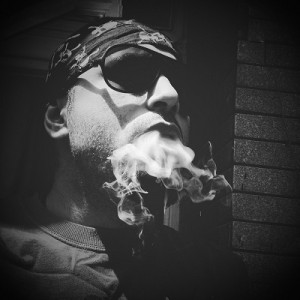 Moving into the second half of the album, Xerxes The Dark provides listeners with a more industrial leaning set of sounds. The thematic elements still hold true for both halves of the album, but XTD takes on a more hollowed synthetic sound. As if we are wandering through the remnants of a dilapidated factory, which still holds the energy of sinister deeds long forgotten. On the track “Transmute of Mind” XTD is looking to evoke a strong and direct reaction from listeners. The track is brooding and bellowing yet keeps a conservative sense of restraint on the overall soundscapes. A third of the way through this eleven minute track a wall of harsh white noise violates the senses of the listener. This is the dark ambient equivalent of a horror film jump-scare if I’ve ever encountered one! The first time I heard it, I frankly had no idea what to make of it. I was looking around the room to figure out what had happened to elicit such a cacophony of noise. On the numerous proceeding playthroughs I continued to jump at this moment, but definitely appreciated the concept for the reaction it drew.
Moving into the second half of the album, Xerxes The Dark provides listeners with a more industrial leaning set of sounds. The thematic elements still hold true for both halves of the album, but XTD takes on a more hollowed synthetic sound. As if we are wandering through the remnants of a dilapidated factory, which still holds the energy of sinister deeds long forgotten. On the track “Transmute of Mind” XTD is looking to evoke a strong and direct reaction from listeners. The track is brooding and bellowing yet keeps a conservative sense of restraint on the overall soundscapes. A third of the way through this eleven minute track a wall of harsh white noise violates the senses of the listener. This is the dark ambient equivalent of a horror film jump-scare if I’ve ever encountered one! The first time I heard it, I frankly had no idea what to make of it. I was looking around the room to figure out what had happened to elicit such a cacophony of noise. On the numerous proceeding playthroughs I continued to jump at this moment, but definitely appreciated the concept for the reaction it drew.
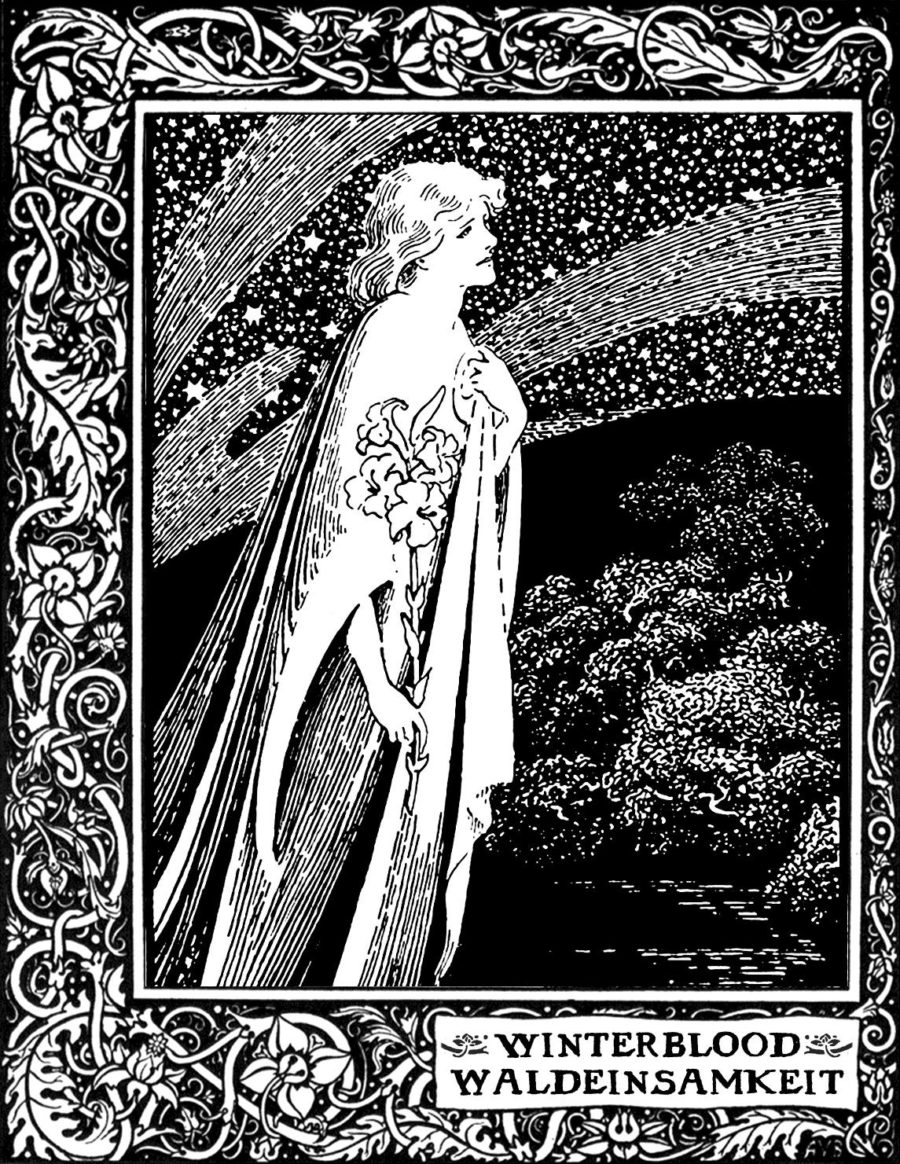
 Where Winterblood truly captures my interest is in the way he seems to effortlessly meander between dark ambient and that ever growing, often notorious, genre of dungeon synth. Winterblood takes on a minimalistic approach to his music. Most often incorporating little more than a layer or two of synthesizer. This stripped-down approach helps promote those feelings of isolation in the cold. In the past he has also incorporated field recordings, bringing that biting winter wind right into the mix.
Where Winterblood truly captures my interest is in the way he seems to effortlessly meander between dark ambient and that ever growing, often notorious, genre of dungeon synth. Winterblood takes on a minimalistic approach to his music. Most often incorporating little more than a layer or two of synthesizer. This stripped-down approach helps promote those feelings of isolation in the cold. In the past he has also incorporated field recordings, bringing that biting winter wind right into the mix.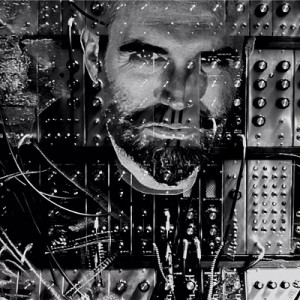 As the album moves into its second half, “II”, Winterblood adds a bit more complexity to the work. A continuation of “I”, we still hear that underlying foundation of a single deep note, the same crystalline notes layered on top. But, the dynamics of these elements are increased here on this second half. The bass has a bit more fluctuation, the lead synth ups its pace. While still holding us in that cold winter trance, the second half of the album has just enough of a shift to renew the listener’s attention and interest, just when that renewal may be most needed.
As the album moves into its second half, “II”, Winterblood adds a bit more complexity to the work. A continuation of “I”, we still hear that underlying foundation of a single deep note, the same crystalline notes layered on top. But, the dynamics of these elements are increased here on this second half. The bass has a bit more fluctuation, the lead synth ups its pace. While still holding us in that cold winter trance, the second half of the album has just enough of a shift to renew the listener’s attention and interest, just when that renewal may be most needed.